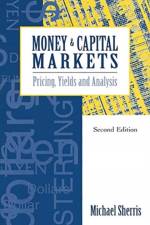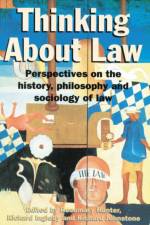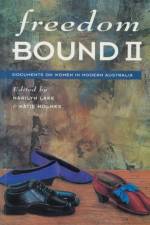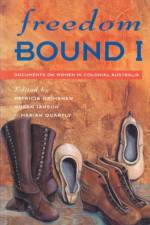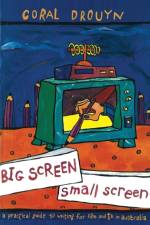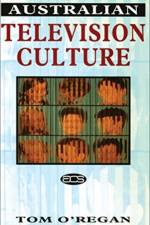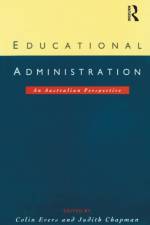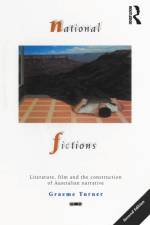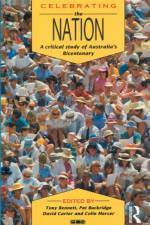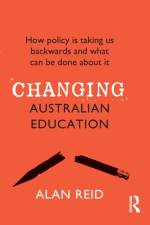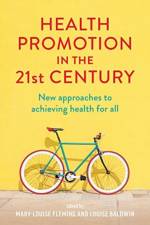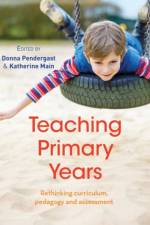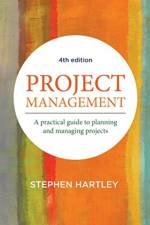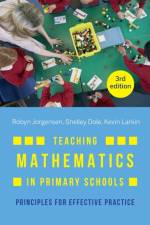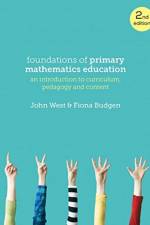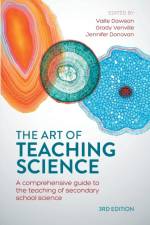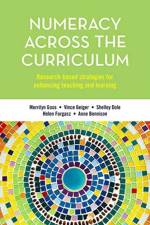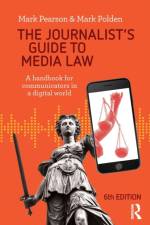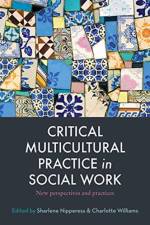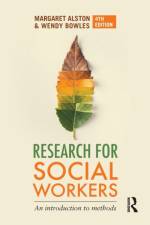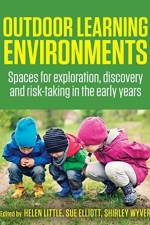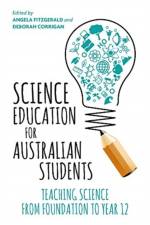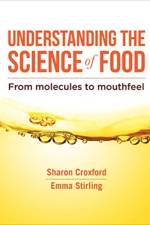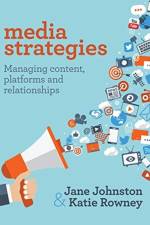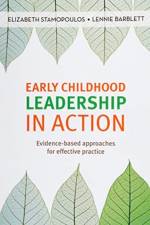- New perspectives and practices
av Sharlene Nipperess & Charlotte Williams
609,-
Critical multicultural practice, rather than being a specialism, is integral to Australian social work. Drawing on critical race theory, critical multiculturalism, intersectionality and critical reflection as practice theory, this major new edited collection challenges many of the dominant assumptions of cross-cultural social work and provides instead a new model of transformative engagement. Key concepts are considered, including identity, culture, diversity and superdiversity, how power and privilege shape everyday interactions and what is meant by citizenship in the contemporary context. Part One explores the changing nature of multicultural practice in Australia, including our society''s changing demographic profile, the impact of asylum and refugee migrations, race and racism and cultural identity. Indigenous perspectives and the relationship with multicultural practice are examined, together with the ethical and legal basis for multicultural practice. This part concludes with an outline of the editors'' framework for critical multicultural practice. Part Two draws on contributions from a range of practitioners and offers new perspectives on diverse fields, including child protection, mental health, disability, ageing, homelessness and rural and regional practice.Featuring case studies and insights drawn from across the spectrum of practice, this book is a vital resource for all social workers practising in Australia today.''[A] rich and nuanced analysis of what is happening at the interfaces of our work and the lives of Australian citizens, [it] articulates ways forward that are genuine, bold and empathetic.''From the foreword by Professor Kerry Arabena, The University of Melbourne


